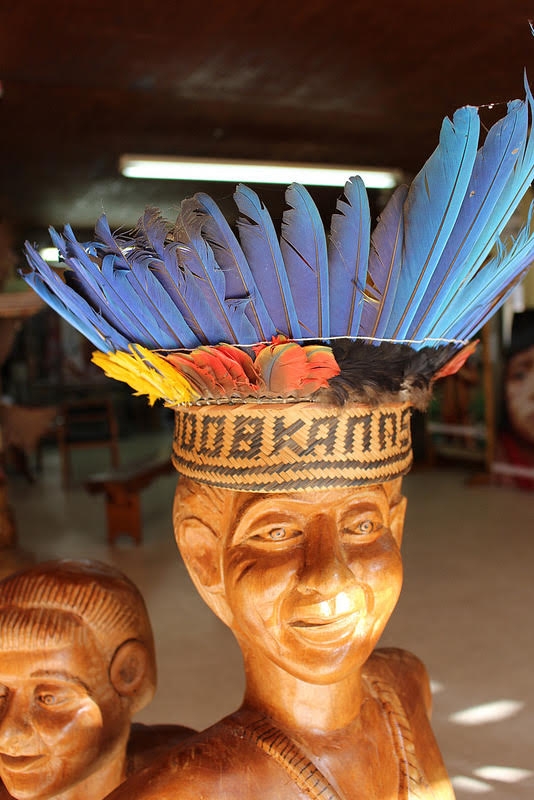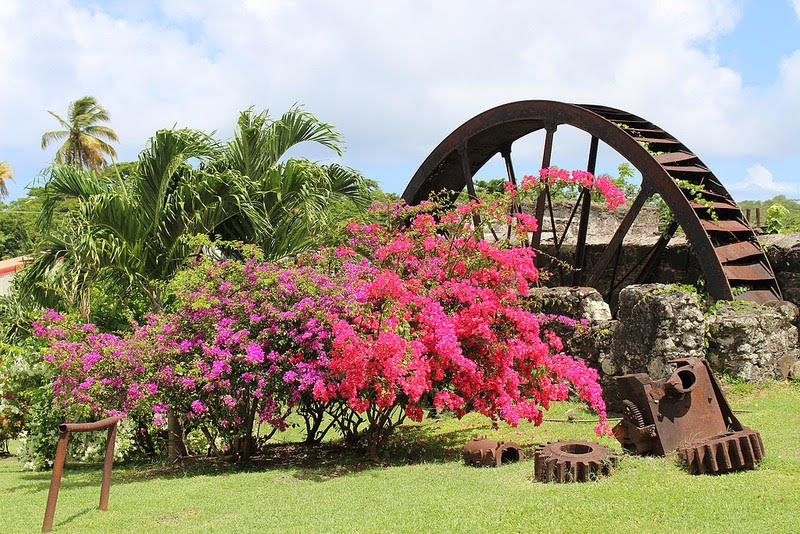Research project
The Social Museum in the Caribbean
Grassroots heritage initiatives and community engagement
- Duration
- 2013 - 2017
- Contact
- Csilla Ariese
- Funding
-
 ERC grant agreement n° 319209.
ERC grant agreement n° 319209.
-
 Leiden University Fund / Van Walsem
Leiden University Fund / Van Walsem
- Partners

Research question
What are museums throughout the Caribbean really like? How are they linked to their communities?
Museum Survey
Museums throughout much of the world are revisiting their social relevance in new ways & connecting more strongly to their communities. Is this also the case in the Caribbean? What are Caribbean museum like, actually? To find out I went on four major fieldwork voyages and I visited 189 museums in 23 islands and countries. Caribbean museums are surprising in their great diversity. The most interesting aspect is the many grassroots museums. These emerge when individuals or communities decide to set up their own museum with their own collections and own unique narratives, driven by their own passion.
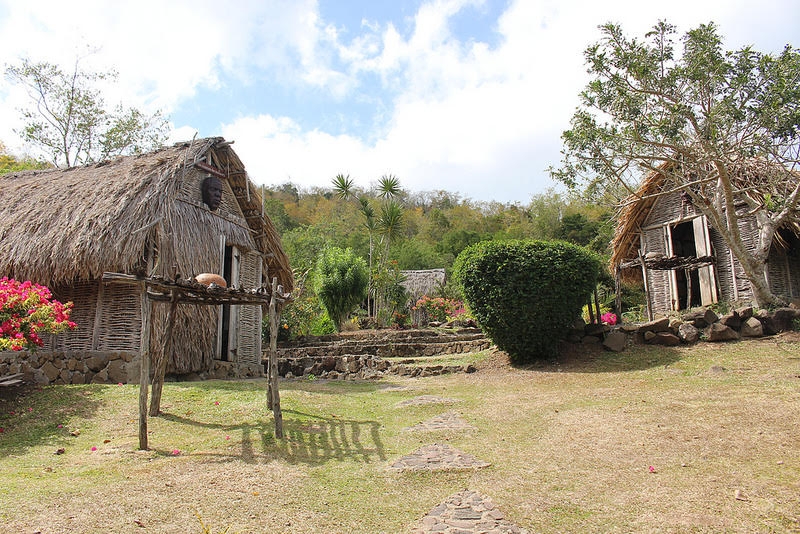
Community Case Studies
The next step is to find out how communities feel about these museum. Do museums in the Caribbean try to be stronger social actors and apply community engagement strategies? Do they succeed in engaging with their communities? Do community members feel involved in the museum's activities and are they really a valued part of the museum process? To find the answers to these questions a few case studies will be completed. I will return to a couple of museums in the Caribbean for a longer period of time, interviewing staff and community members to understand if community engagement achieves its goals.
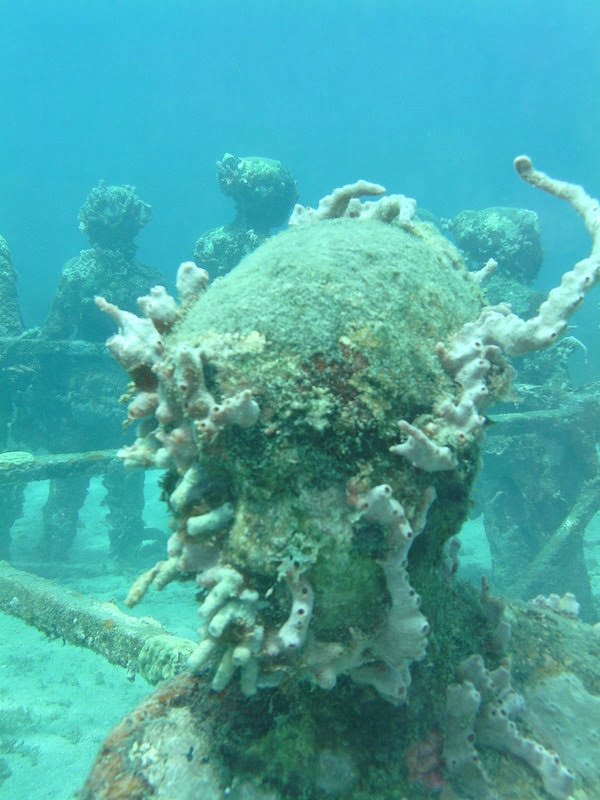
Relevance
Community engagement has become a buzz word, especially where museums are concerned. Is this valid; does community engagement have a real impact? And is this impact negative or positive - and for whom? Not only is it incredibly valuable to have assessed the museum-scene in the Caribbean (which has never been done on this scale or with this depth before), but within museum studies it is of great importance to understand the impact and power of community engagement processes.
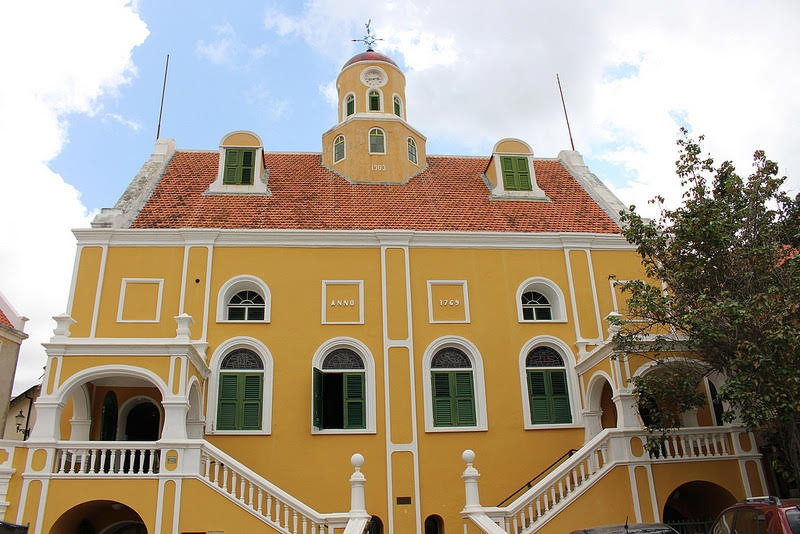
Outcomes
First of all, there will be a database available of all the museums visited which will be of interest to both museum staff and (potential) visitors. A collection of 'best practices' of community engagement methods will also be included. These can serve as a source of inspiration to museums within the Caribbean and beyond to try to target specific communities according to the museum's specific abilities and desires. Finally, a greater understanding of community engagement processes can be of value to academic fields and institutions beyond the museum.
